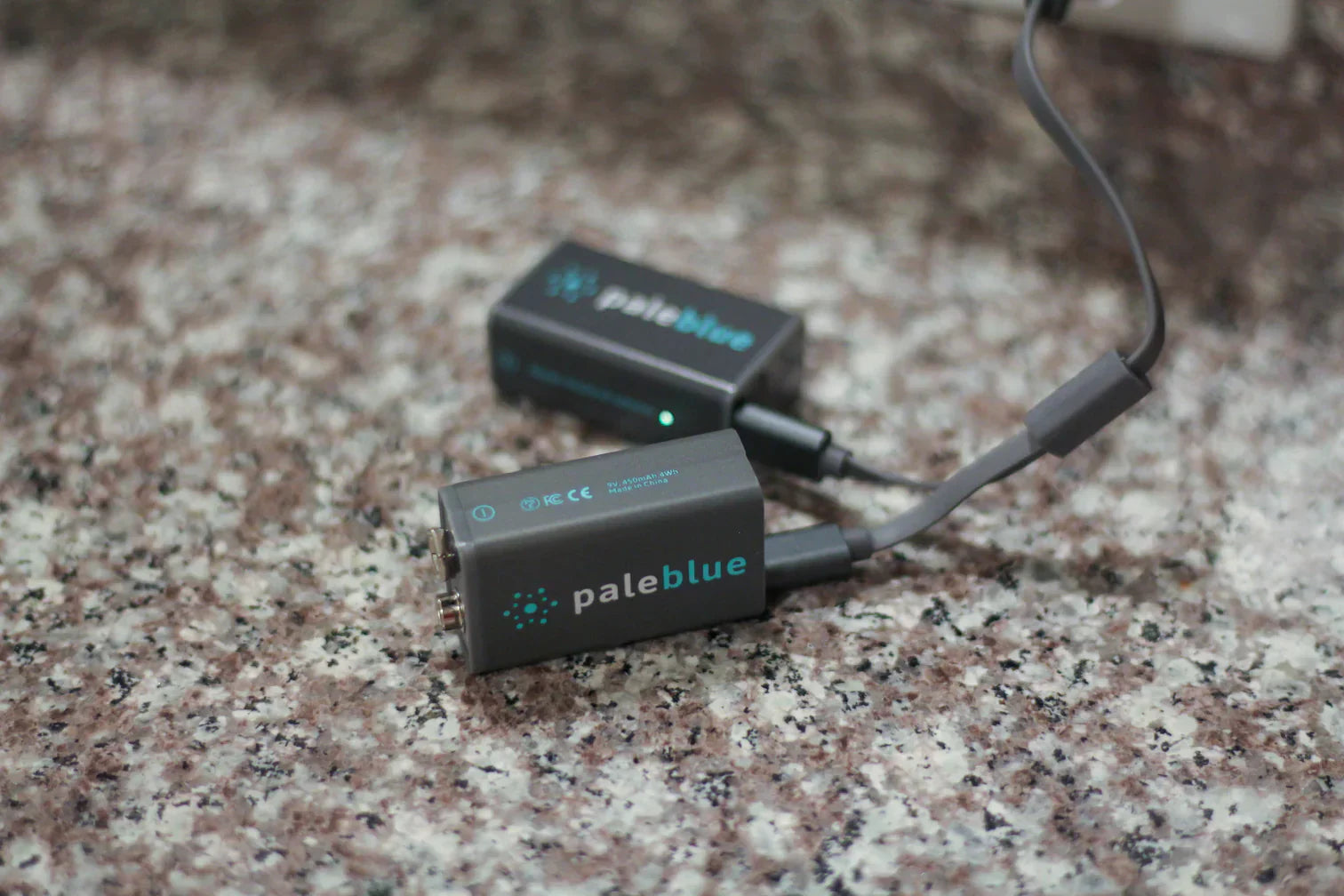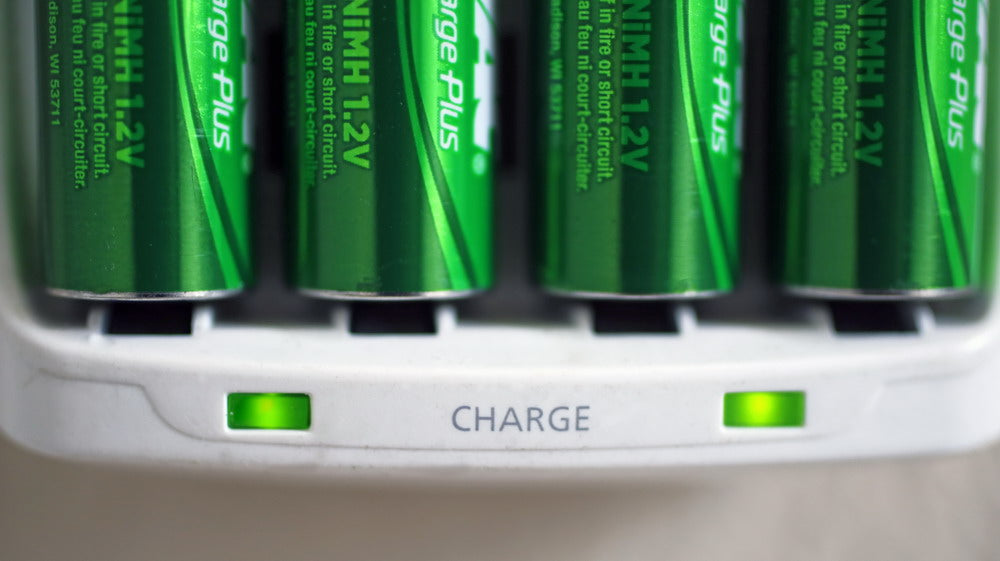What Batteries Are Compatible with My Gaming Device?

Battery compatibility used to be so much easier. Back in the day when disposable alkaline batteries were the only game in town, you didn't have a whole lot of choice. You also didn't have a whole lot of devices that ran on battery power. But thanks to lithium-ion rechargeable batteries, everything has changed. Battery compatibility is now a legitimate issue.
Historically, compatibility almost always boiled down to size and shape, also known as form factor.
Most of us have experience with different sizes and types of batteries ranging from tiny watch batteries to the 12V batteries that start our cars. But that is a topic for another post. This post will focus on consumer-level batteries used in electronic devices and hand-held tools.
Generic Form Factors – Fit Compatibility
Mechanical compatibility really is not an issue when you are talking generic form factors. What are those form factors? The most common are the ones you are intimately familiar with: A, AA, AAA, C, D, 9V, etc. Batteries in the A-type series are manufactured as long cylinders. Those in the C and D categories are also cylindrical, though they are larger in diameter. A 9V battery is essentially a rectangular box.
You don't have to worry about compatibility with these form factors because product manufactures make their products according to these sizes. So, from a pure fit standpoint, if it fits, it fits. You won’t be able to cram AA batteries into a product designed for AAA’s.
Proprietary Form Factors
Compatibility becomes a problem when you get into proprietary form factors. By definition, these are non-standard formats. They exist because device manufacturers utilize batteries that best fit the overall design of their products.
A lithium-ion battery powering a hand-held drill could be any number of shapes or sizes depending on the drill in question. The same goes for battery-powered screwdrivers, saws, edge trimmers, and so forth. You have to use a battery compatible with the needs of each device.
In most cases, manufacturers sell replacement batteries as OEM products. You will know you have an OEM product if it is branded by the manufacturer. In most cases though, you can buy aftermarket products. These are batteries made by third parties to be compatible with different devices.
Functional Compatibility
Some products are designed not only for a specific form factor, but also for certain electrical characteristics. Not all batteries perform the same electrically so it’s important to not assume that if a a battery fits that the product will behave totally normally.
For example, Alkaline batteries may start out around 1.6V, but during their use (over time as they discharge), the voltage will drop, while lithium-ion batteries generally hold a 1.5V from start to finish. Certain functions in products, such as start of charge indication lights, may actually expect and utlize the voltage drop. In those case, the main function of the product may work totally fine, but the state of charge indicator may not give you an accurate reading.
Paleblue's rechargeable lithium-ion batteries contain a printed circuit board on each battery which has charging and safety circuitry. This “PCBA” also steps the voltage down which creates a little electromagnetic energy which can cause interference with sensitive devices such as avalanche beacons or noise cancelling headphones.
Consult Your Owner's Manual
If you are ever unsure about battery compatibility, check the owner's manual that came with your device. It should tell you exactly what you need.
Compatible batteries will be the same size and shape as those being replaced. They will also be the same voltage. Pay attention to this one aspect carefully. Though it doesn't happen very often, it is possible to buy an aftermarket battery of the same form factor but different voltage. But, there can be other considerations too. If your smoke detector expects a voltage decay so that it can chirp when your battery has reached a certain state of charge, but then doesn’t get that, you won’t get that chirp. (Smoke detector companies know this and you will find they carefully specify which type of batteries to use in their products)
In closing, remember that battery compatibility generally isn't an issue with the most common form factors. If you are looking for new batteries to replace your worn-out alkalines, we invite you to try Paleblue USB rechargeable batteries. We carry all of the most common form factors and if you can stop buying disposable batterie, you are bound to save some money. We believe that once you try the Paleblue brand, you'll never go back to alkaline batteries again…except, of course, when the product manufacturer requires it.
- Tags: Economical Performance







